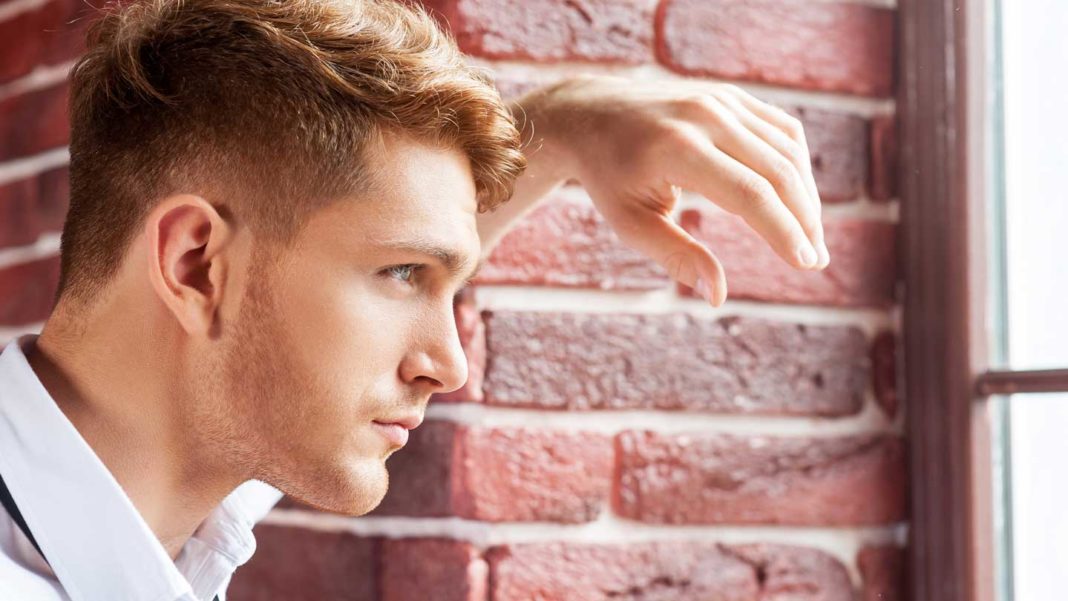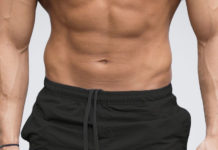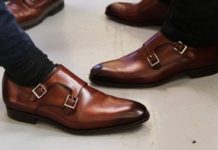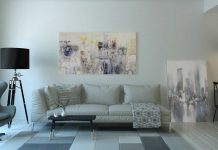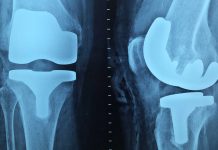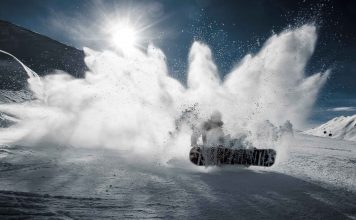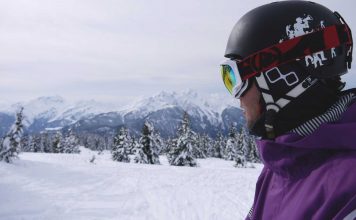Since dawn, men’s and women’s hairstyles have reflected society’s standards and expectations. Men and women agree. Men’s haircuts have evolved from muted 1950s to more daring 1980s styles. Men have more haircut options than ever, unlike before.
Social norms and popular culture have shaped men’s haircuts throughout history. Join us as we look across the decades for men’s grooming trends influenced by haircuts. Before looking elsewhere for the best haircuts for balding men read this.
The 1960s – The Rise of Rebellion and Individuality
Men’s haircuts changed dramatically in the 1960s, coinciding with the counterculture’s peak and the emergence of individualism. Men’s hairstyles matched these social changes. The countercultural movements and fashionable haircuts were linked. These movements challenged social norms. These alterations mirrored historical hairstyles. The Beatles influenced 1960s male haircuts.
The band members are credited with bringing back the mop-top haircut. This style relaxed the primness of the preceding Decade. The 1960s counterculture popularized the mop top, although it wasn’t the first. This wasn’t the first counterculture hairstyle.
African Americans use the afro to emphasize their individuality and wealthy background. The afro symbolizes both. This movement celebrated hair’s richness and variety, rejecting traditional beauty standards. This beautiful and iconic haircut emphasizes valuing one’s uniqueness and Black heritage. This statement emphasizes the importance of honoring one’s Black background.
1960s hairstyles mirrored the massive social and cultural changes of the Decade. Long hairstyles were trendy throughout the Decade. They represented people’s desire to be unique and free from society’s constraints.
The 1970s – The Era of Long and Shaggy Hair
Men’s hairstyles became more relaxed in the 1970s. The U.S. started this style. The Decade I have followed this trend. The Decade’s individualism as a moral ideal and countercultural movements contributed to this tendency. The counterculture and hippie movements popularized unkempt long hair. The 1960s saw these movements.
David Bowie, Led Zeppelin, and The Rolling Stones popularized long, unruly hair as a sign of freedom and rebellion. From the 1960s until the 1980s, this ionization persisted. The 1980s’ hallmark hairdo, the shag haircut, was characterized by its unruly layers.
The feathery cut was another popular disco-era haircut. The 1970s loved this hairstyle. The feathery hairstyle was characterized by piling up longer strands to frame the face. This appearance quickly became associated with disco’s brightness and splendor since it appealed to all sexes.
1980s – A Time for Striking and Dramatic Styles
Men’s haircuts of the 1980s were bold and colorful. Color intensity was similar. Color saturation shows these characteristics. People remember the 1980s for their dramatic haircuts. This made the 1980s the “decade of hair.” The mullet was famous at this time.
While shaving the top and sides, the back was trimmed to seem organically tumbling down. At the same time, I shaved the top and sides. The mullet became rock ‘n’ roll’s defining hairdo in the 1960s after initially becoming fashionable. Since then, the mullet has symbolized uniqueness and resistance to authority. The 1970s introduced the mullet.
Punk and new wave music influenced 1980s haircut trends. In the 1980s, unique hairstyles were popular, making the Decade memorable. The crowd’s attention-seekers had spiky hair and flashy clothes.
Additionally, everyone had a unique hairstyle. The high-top fade and Jeri curl, popularized by hip-hop, are symbols of urban culture’s creativity and distinctiveness. Hip-hop introduced the high-top fade and Jeri curl. The high-top fade and Jeri curl were popularized by hip-hop. The high-top fade and Jeri curl are examples. This category includes Jeri curls, and high-top fades.
Conclusion
Today’s guys have more alternatives for their looks, thanks to professionals and the best haircuts for balding men. These experts may recommend balding men’s haircuts. Today’s men may select their ideal haircut from various possibilities. The 1950s’ conservative haircuts gave way to the 1980s’ more daring trends, giving men more options.
These styles have evolved to represent conformity, popularity, individuality, and resistance. This aesthetics have attained their potential. Men’s hairstyles will evolve. Men’s haircuts will alter to reflect societal norms or individuality. Whether one wants to be unique or fit in, this is true.
However, future civilization will likely enable men’s hair to grow longer. However, they may join their group’s activities. One of its most significant benefits is that it made previously impossible things feasible.

